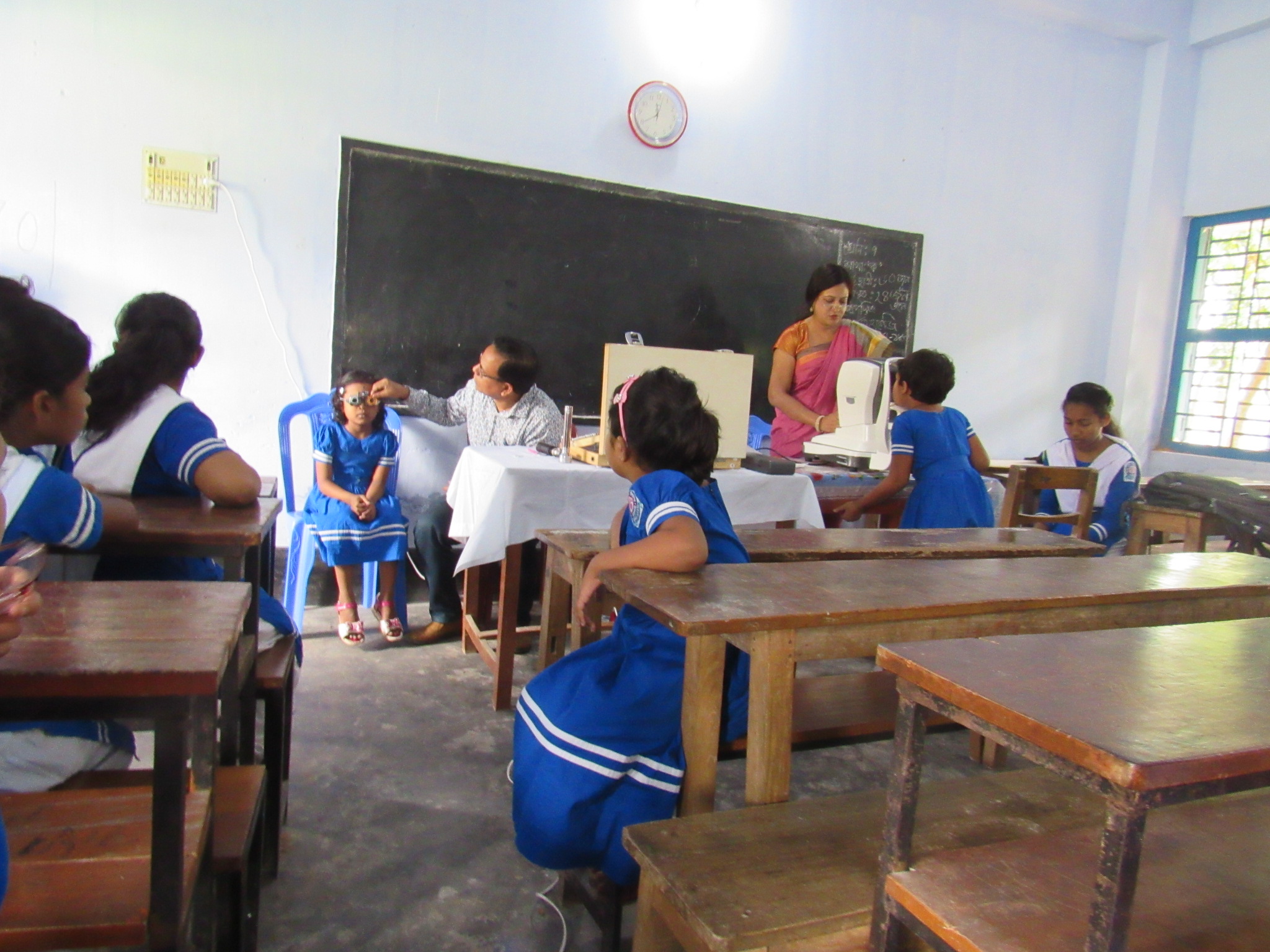Key community eye health messages

Related content
When dispensing spectacles
:
• Inform patients that initial discomfort with new spectacles is normal and expected.
• Explain that peripheral blurring due to the frame is common but will become less noticeable over time.
• Reassure patients that they will quickly adapt to issues with depth perception as their eyes adjust to the new lenses.
• Emphasise the importance of patience and adaptation, ensuring patients understand that initial challenges will subside with continued use.
To store your spectacles:
• Always store your spectacles in a hard-shell case for added protection.
• Place spectacles on a microfiber cloth with the arms facing up (see Figure 1)
• Avoid direct sunlight and extreme temperatures.
• If you need to place the spectacles on a surface without the storage case, set the frames with the arms down and lenses up to avoid scratches (see Figure 2).

Options for patients needing correction for both distance and near vision:
• Two Pairs of Glasses: One for close-up work and another for seeing far away
• Bifocal or Progressive Lenses: These combine multiple optical strengths in one lens for various viewing distances. Bifocals have a noticeable line between the powers, while progressives change power smoothly without any visible lines.
